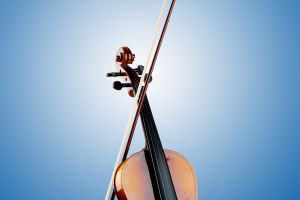Oil painting, a popular Western art form, is markedly different from Chinese painting in terms of raw materials and the medium on which it is painted. Oil paintings are typically framed with a white border of at least 3 inches around the painting, called the ' core.'
Once the core is completed, the canvas is stretched over an inner frame to support the painting and maintain its flat appearance. Choosing a suitable outer frame is important to complete the final framing of the oil painting.
The selection of a frame that complements the painting is considered an art form that involves common sense expressions, such as decoration, humanities, personality, and tradition.
A finished oil painting is considered complete once it is framed. Many paintings displayed in museums or galleries are centuries old, yet the brushstrokes, paint layering, and vivid colors remain visible, showcasing the painter's skill and the art form's enduring appeal.
To preserve the painting's quality, good conservation conditions are essential.
The following three main points must be considered to ensure the longevity of oil paintings:
Protect the painting from light
The pigments in oil paintings use turpentine or linseed oil as a solvent.
These pigments and oils create the artistic charm of oil painting when attached to the canvas. If an oil painting is exposed to sunlight or other light sources for a long period, the oils will evaporate, causing the painting to become dry and fragile, and eventually leading to cracking and fracturing.
It is essential to avoid exposing oil paintings to light sources when hanging them.
Clean the painting regularly to maintain its luster
Anything exposed to air for an extended period will accumulate dust, and oil paintings are not protected by a glass cover.
Over time, oil paintings are susceptible to yellowing and darkening due to oxidation, necessitating regular cleaning.
To clean an oil painting, a brush dipped in turpentine, alcohol, or pure petrol can be used to clean the picture thoroughly.
Repair any damage promptly
If an oil painting is damaged, such as being scratched by something sharp or having oil paint fall off in certain places, a professional should repair it promptly. Some museums and galleries have professionals who repair oil paintings, and inexperienced non-professionals should avoid attempting to repair oil paintings themselves.
Oil painting is a beautiful art form that requires proper care and maintenance to preserve its quality.
Protecting oil paintings from light, cleaning them regularly, and repairing any damage promptly are essential steps to ensure the longevity of oil paintings.
By following these guidelines, oil paintings can retain their vibrancy and beauty for generations to come.


